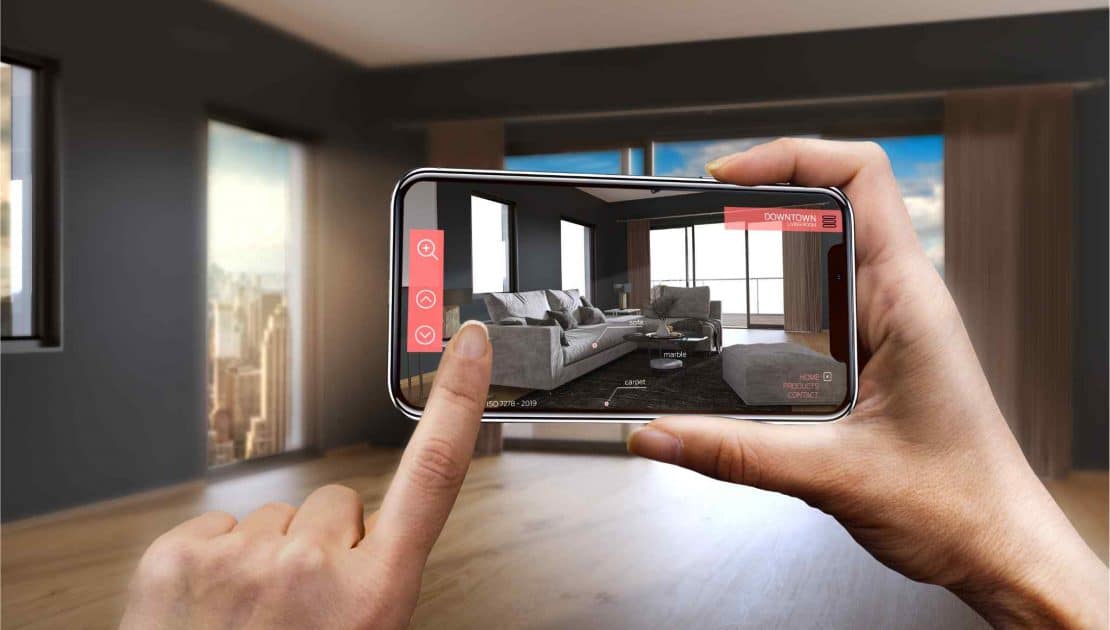Pulse of Information
Your source for the latest insights and updates.
Augmented Reality: The New Playground for Your Imagination
Unleash your creativity in the exciting world of augmented reality—discover innovative ways to play and explore your imagination today!
Exploring the Possibilities: How Augmented Reality Transforms Creative Expression
Augmented Reality (AR) is rapidly emerging as a transformative tool in the realm of creative expression, merging digital elements with the physical world. Artists and designers are discovering innovative ways to enhance their work through AR, allowing viewers to experience art in a multi-dimensional space. For instance, installations that incorporate AR can bring static pieces to life, inviting participants to engage with the art by altering its appearance or interacting with animated components. This seamless blend of technology and creativity opens up a spectrum of possibilities that challenges traditional artistic boundaries.
Moreover, AR is not limited to visual arts; it extends to areas like music, dance, and performance art. Artists can now use AR applications to create immersive environments that respond to a performer’s movements or generate live visual effects that synchronize with music. This interactive layer enriches the audience's experience, making them active participants in the art rather than passive observers. As augmented reality technology continues to evolve, it promises to redefine societal perceptions of creativity, empowering individuals to express themselves in unprecedented ways.

Augmented Reality vs. Virtual Reality: What’s the Difference and Why It Matters
Augmented Reality (AR) and Virtual Reality (VR) are two transformative technologies that are often confused due to their similar names and immersive experiences. However, the fundamental distinction lies in how each technology alters user perception. AR enhances the real world by overlaying digital information, such as images or sounds, onto existing environments. This is exemplified in applications like Pokémon GO, where users interact with digital characters in real-world settings. In contrast, VR immerses users in a completely virtual environment, isolating them from the real world and offering experiences that can range from gaming to virtual tours of distant locations.
Understanding the difference between AR and VR is essential for both developers and consumers, as it impacts how these technologies are utilized across various industries. For instance, AR is making significant strides in fields such as education, allowing students to visualize complex concepts through interactive 3D models. VR, on the other hand, is revolutionizing training simulations and therapy sessions, providing risk-free environments for learning and rehabilitation. Knowing which technology better serves a specific purpose can lead to enhanced user engagement and improved outcomes, ultimately shaping the future of how we interact with both digital content and the physical world.
10 Creative Applications of Augmented Reality That Will Spark Your Imagination
Augmented Reality (AR) has taken the world by storm, offering innovative solutions and creative experiences across various fields. One of the most captivating applications of AR is in education. Imagine students walking into a classroom where they can interact with 3D models of historic landmarks or biological structures using AR apps. This immersive method of learning not only makes complex subjects easier to understand but also significantly enhances retention rates. Likewise, in the field of healthcare, AR is being employed for surgical simulations, allowing medical professionals to practice intricate procedures in a risk-free environment.
In the realm of entertainment, AR has transformed the way we experience games and concerts. With applications that overlay digital elements onto the real world, players can now wander through their neighborhoods to complete quests or battle virtual creatures. Similarly, during live concerts, performers can create breathtaking visual spectacles by incorporating AR effects that delight the audience. Other notable applications include virtual interior design, where users can visualize furniture arrangements in their homes before making a purchase, and architectural visualization, which allows clients to explore building designs in a three-dimensional space. These creative applications of augmented reality are just a glimpse into the possibilities that await us, each capable of sparking the imagination and redefining our reality.